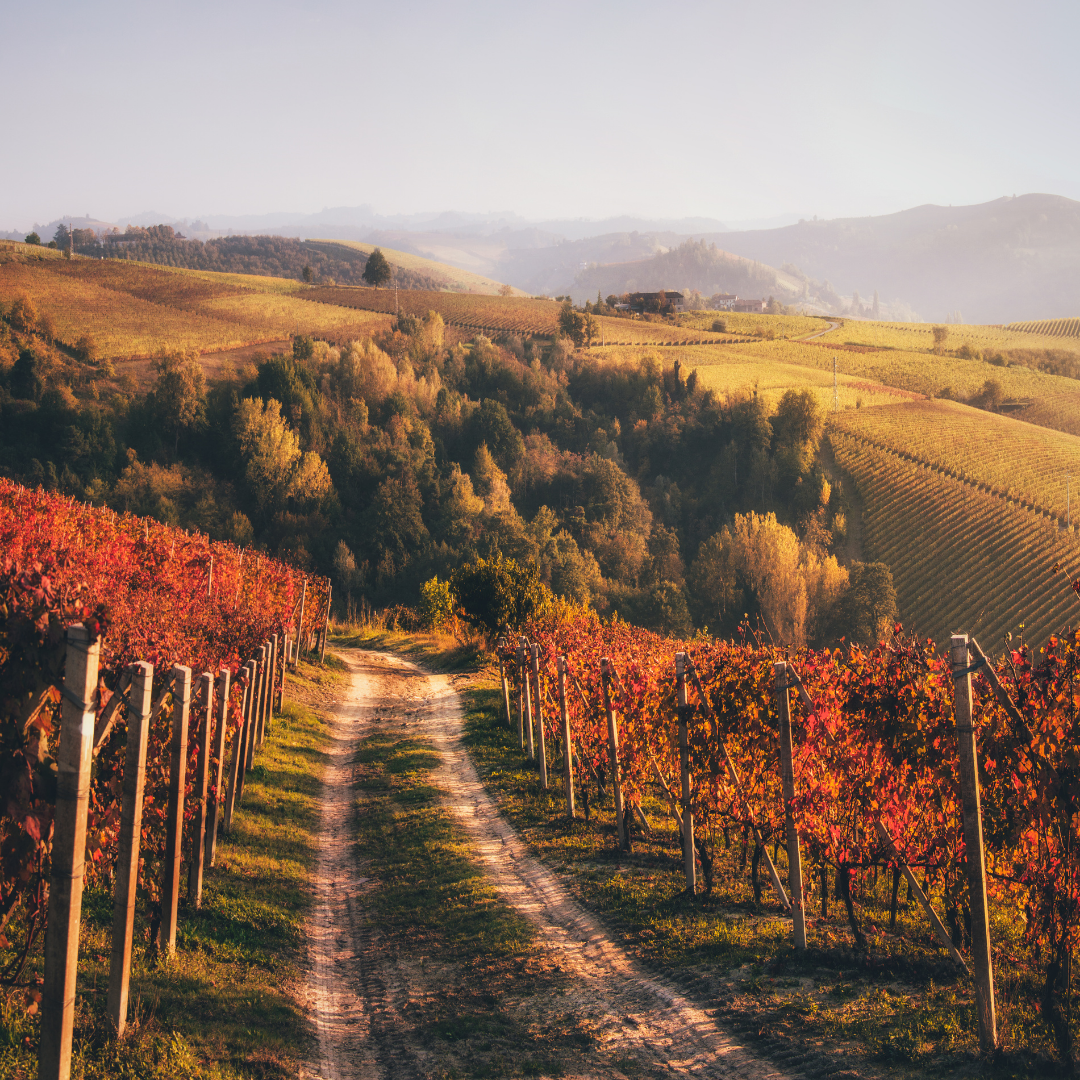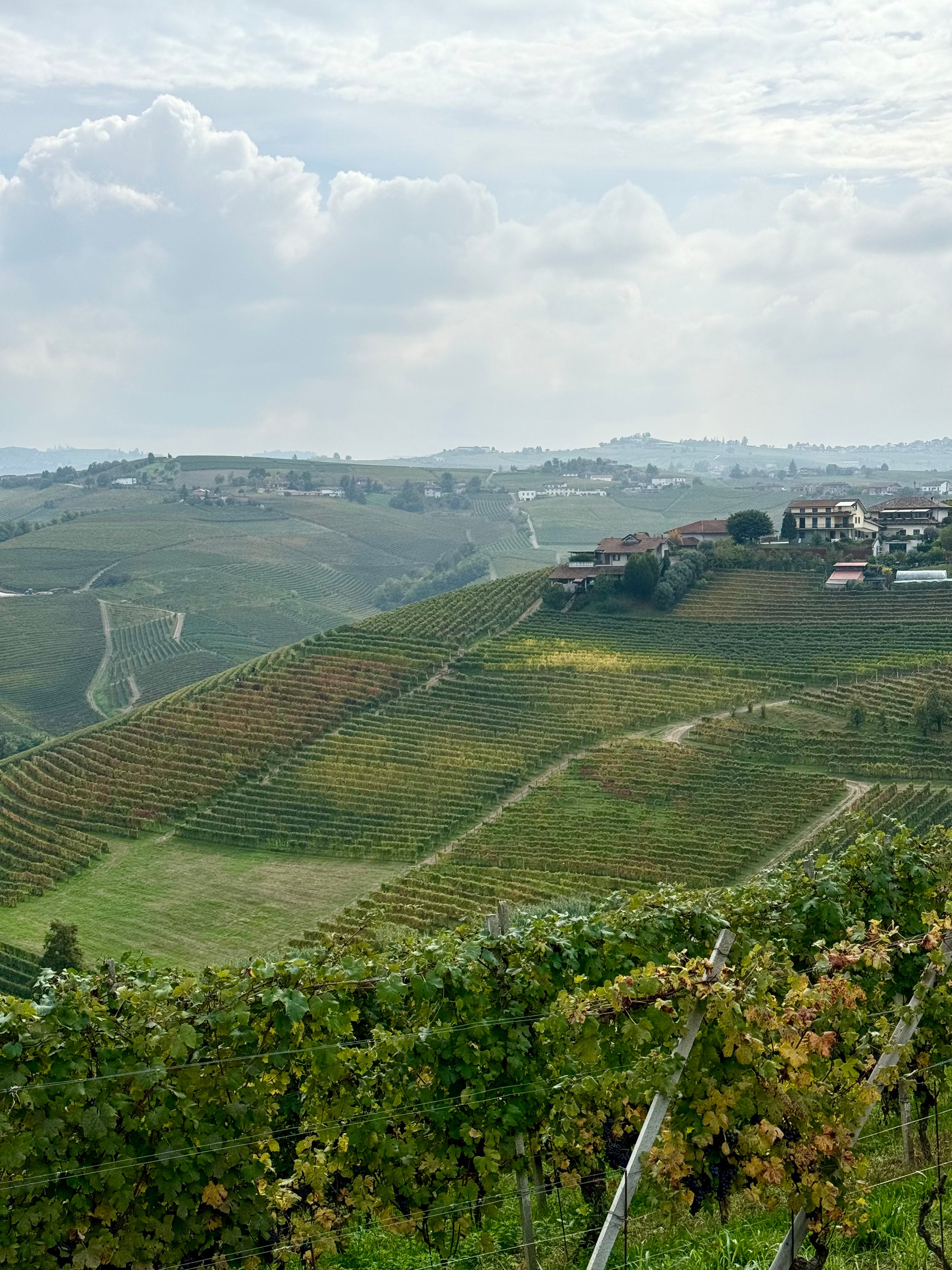Gin and Tonic Water

We have been experiencing a gin renaissance in recent years. It is the spirit drink of the moment that brings an incredible ferment and in fact, we are invaded by rivers of new Gins that come out continuously, all particular, made with botanicals and increasingly unusual.
But what is Gin? Gin is a distillate of fermented must of cereals, usually maize, wheat and barley, which is flavored with juniper, spices, citrus fruits, flowers, berries and various ingredients chosen by the master distiller: the so-called botanicals.
And how is Gin born? It all started with the monks, who made the first distillation tests with alcohol and juniper. Certainly theirs was an attempt not for the purpose of intoxication, but of knowledge and they tried to create a therapeutic oil with juniper, a renowned anti-inflammatory known since ancient times for its beneficial virtues. It seems that the monks of the Amalfi coast have made the first experiments. Despite this, Gin nowadays has international and non-international characters. In fact it is produced almost everywhere and offers many products to taste and to collect to create your own selection to store in our homes.
Tonic water:
Most modern tonic water consists of carbonated water, lots of sugar, and only a small amount of quinine to give it its distinctive bitter taste. What is Quinine? Quinine is a bitter compound extracted from the bark of the Cinchona tree. The name comes from the original Quechua word (Inca). The practice of consuming Cinchona tree bark extract was first utilized by indigenous peoples in areas such as Peru and Ecuador, who recognized the bark for its healing properties. Quinine was used by many local tribes in the area as a muscle relaxant to cool shivers in cold weather, but it was not until this compound was adopted by Europeans that its new use as an anti-malaria drug was discovered. Indeed, in colonial times, British troops stationed in India began experimenting with ways to make their generic malaria tonics more palatable. By mixing their ration of gin and tonic water with lime and sugar, the troops had figured out how to make medicine less harsh. The first commercial tonic water was produced in 1858 in colonial British India. This drink would go on to become the archetype of the British drink loved around the world: the Gin & Tonic.



